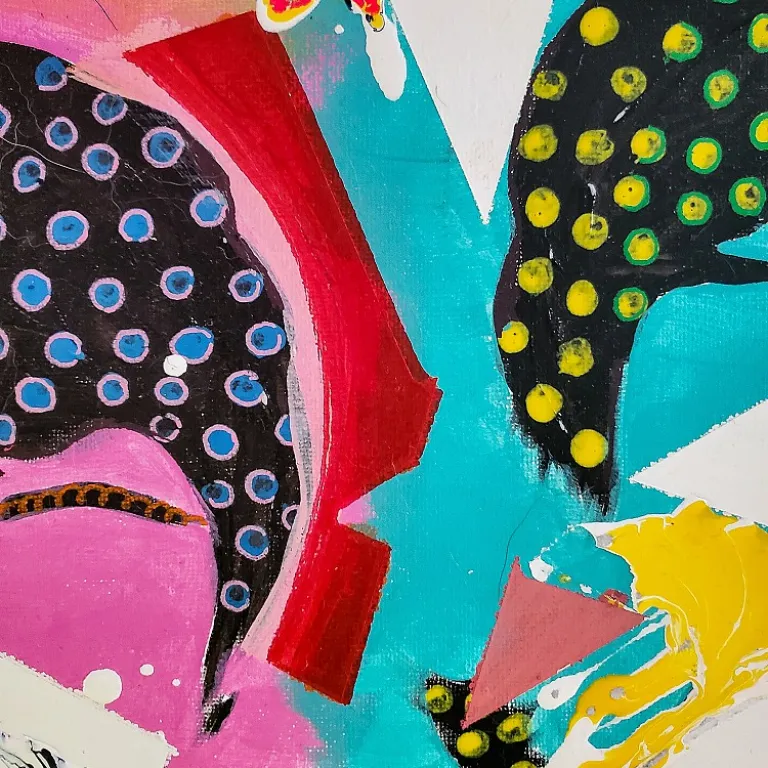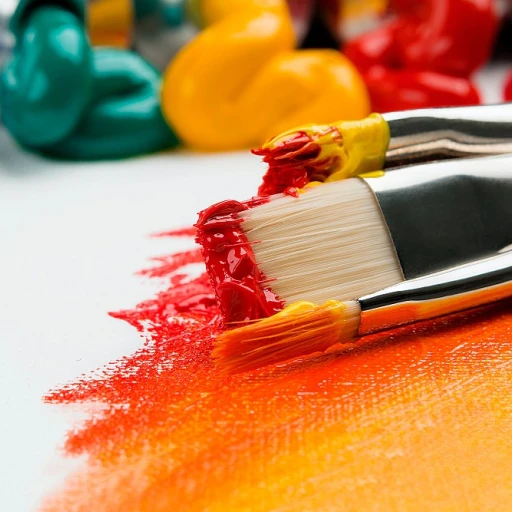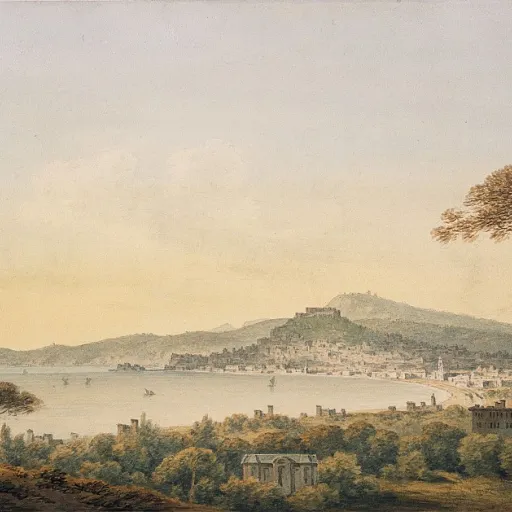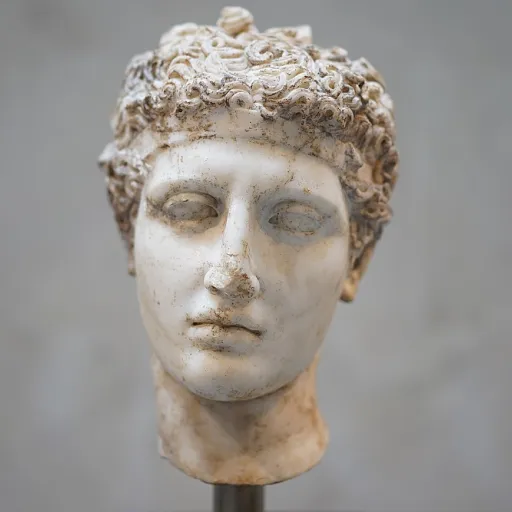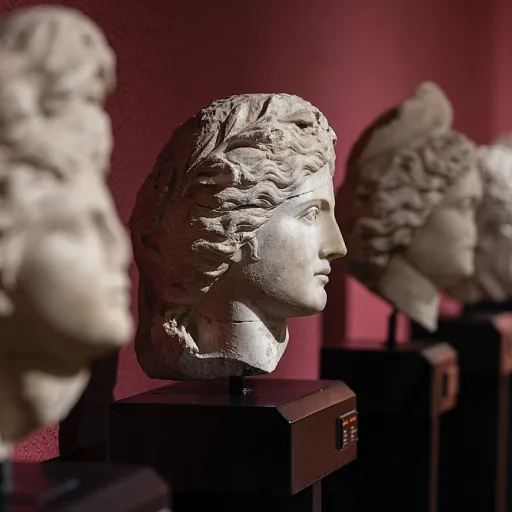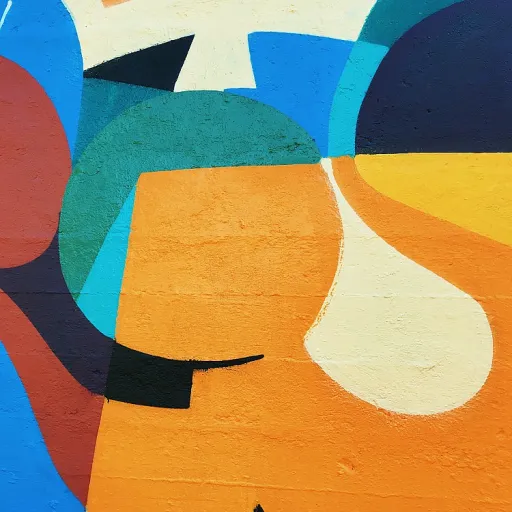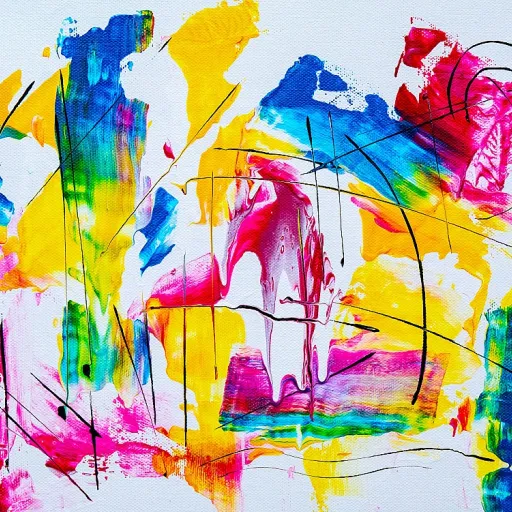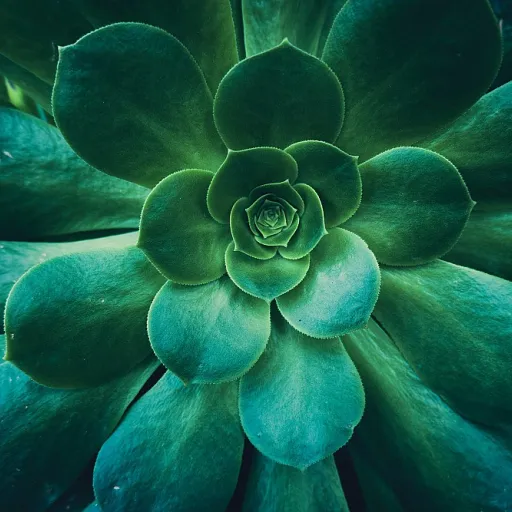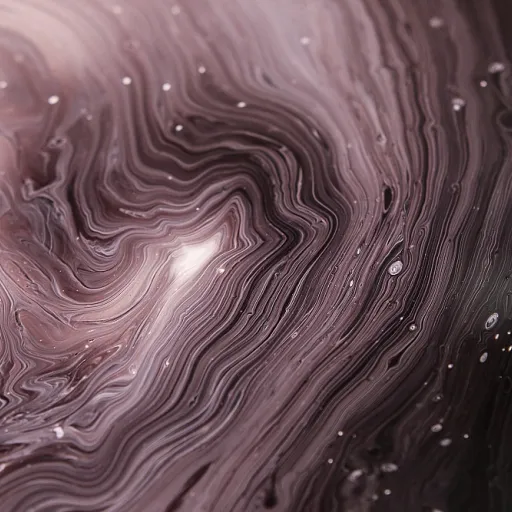-teaser.webp)
Understanding Print Proof in Luxury Art
Dissecting the Essential Steps in Print Proofing
The concept of print proofing in the realm of luxury artwork serves as a crucial element in ensuring the ultimate quality of the final product. This intricate proofing process begins well before a single print is produced, as it lays the foundation for achieving prints that replicate the artist's vision with precision. In luxury art, a comprehensive print proofing process involves multiple stages, starting with digital proofs to provide a soft rendition of how the colors will appear. This is the preliminary step, often referred to as a soft proof, enabling artists and printers to ensure that the digital renderings align with expectations. Subsequent stages may involve hard proof or contract proof, where printed proofs are employed to scrutinize every detail, from color accuracy to print quality. The careful proofing of color management plays a vital role in producing a product that meets the refined standards synonymous with luxury artwork. Printers utilize the best proofing methods to guarantee color accurate prints, often tested and adjusted through the use of high-quality inkjet printers. Time is a critical factor; thus, understanding the turnaround time for print-ready proofs can contribute significantly to the success of the printing press process. Each proofing stage is vital in confirming that the integrity of the artist's work is maintained from design to final product. To explore more on such artisanal processes in luxury art, delve into the artistry of block printing in luxury artwork. This ancient technique offers insights into another dimension of print quality in sophisticated art forms.The Role of Print Proof in Authenticity
The Importance of Print Proof in Ensuring Authenticity
In the world of luxury art, the integrity of the final product hinges on the authenticity assured by the print proofing process. Every proof, whether it be a soft proof or a contract proof, acts as a crucial checkpoint in verifying the accuracy and quality of the colors and details that make up an artwork. Color management and print quality are not just technical aspects; they are integral to preserving the original vision and ensuring that the printed pieces mirror the artist's intent.
The print proof plays a vital role in the transition from digital to physical. During the print proofing process, various proofs like digital soft proofs and hard proofs are evaluated to ensure consistency and precision across prints. This meticulous review helps in identifying discrepancies in color or detail that might otherwise be overlooked, safeguarding both the artist's reputation and the collector's investment.
Moreover, the use of high-quality printing technology, such as inkjet printers, ensures that printed proofs are as color accurate as possible. By offering a tangible preview of the final product, print proofs allow for adjustments and approvals before heading to press. This attention to detail guarantees not just the aesthetic perfection but also the authenticity that luxury art collectors deeply value.
For further insights on the significance of proofing in luxury art mediums, you may explore the unique aspects of Lucite blocks in luxury art, where similar precision and authenticity are revered.
Challenges in Print Proof for Luxury Art
Complexities and Obstacles in the Print Proof Process
The world of luxury artwork demands the highest level of quality, and the print proofing process is where many challenges manifest. Achieving color accuracy and consistency is a priority, but it can be fraught with obstacles, especially when dealing with varying printing technologies and materials. Every type of printer, whether it be a traditional press or cutting-edge digital, comes with its own set of challenges. Inkjet printers, for example, tend to differ in color output compared to offset printers, necessitating meticulous color management to ensure the final product meets luxury standards. One common difficulty is selecting the best proofing methods. Luxury art pieces often rely on both soft proofs and hard proofs. While soft proofs are cost-effective and provide a quick turnaround time, they may not fully capture the vibrancy and depth of final printed proofs. Hard proofs, on the other hand, offer more accuracy but at a higher cost and longer production time. Balancing these choices is a critical part of the process. Another challenge lies in the quality control measures that must be in place. Artists and luxury art brands demand no less than the best print quality. Hence, printer proofs, especially contract proofs, are often used to preview what the final product will look like. Yet even with the most advanced proofing process, discrepancies can arise in colors once the final print is produced. This makes the role of artist proof and color accurate proofs indispensable in this meticulous process. Moreover, privacy policies within the digital proofing phases demand careful handling to protect the artwork's intellectual property. This elevates the complexity of the proofing process, where technological and human elements must harmonize seamlessly. In the face of these challenges, the industry continuously seeks technological solutions to improve print proof consistency and quality. Navigating these intricacies with expertise ensures that luxury artworks maintain their esteemed reputation, as seen in the nuances and grandeur of monumental sculptures, explored further in this in-depth analysis.Technological Advances in Print Proofing
Technological Innovations Elevating the Print Proof Process
In the realm of luxury artwork, technological advancements play a pivotal role in the print proofing domain, refining the process to elevate the quality of the final product. As luxury art collectors demand the highest standards, innovations have emerged to ensure exceptional print quality and color accuracy.
Firstly, digital proofing methods have transformed the way proofs are evaluated. The advent of soft proofing allows artists and printers to view a digital simulation of the final print, providing a cost-effective and time-efficient way to anticipate the quality before any ink hits paper. This digital soft proof reduces turnaround time, offering a glimpse into the final product with impressive color management capabilities.
In contrast, traditional press proofs, often referred to as hard proofs or contract proofs, remain indispensable in achieving the highest fidelity for luxury prints. These printed proofs enable a precise assessment of colors and print quality, capturing the minute details crucial in luxury art. The use of advanced inkjet printers in this context ensures the production of color accurate, high quality proofs that reflect the artist's envisioned masterpiece.
Moreover, the efficiency of modern proofing processes is complemented by cutting-edge color profiling software. These tools facilitate the alignment of digital and printed proofs, mitigating discrepancies in colors and ensuring consistency throughout the proofing process. Such technological interventions enhance the precision of printer proofs, making them an integral component of the luxury art printing ecosystem.
As technology evolves, these advancements in print proofing continue to redefine the standards of quality and precision in the world of luxury artwork, setting new benchmarks for excellence and collector satisfaction.

